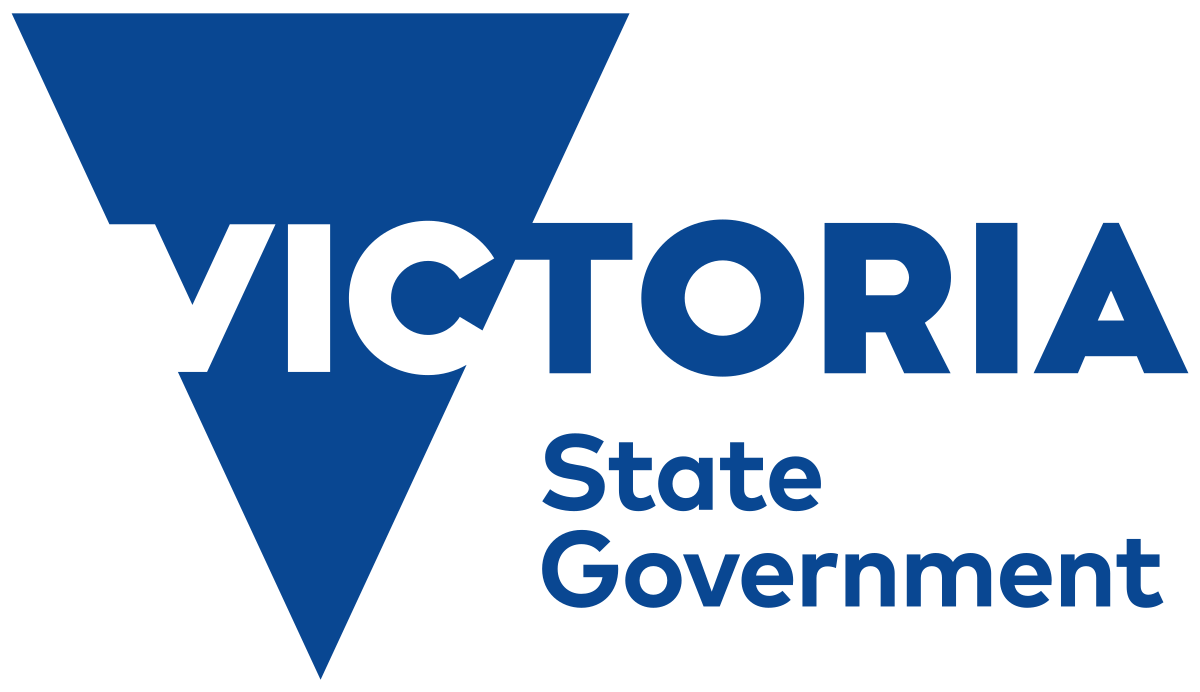Native grasses seminars in Portland & Nareen
Join in one of two seminars about native grasses with Dr Ian Chivers.
Australian native grasses are adapted to soils that have been subject to millions of years of weathering and erosion and so are able to grow on soils that are more like subsoils in other parts of the world. Soil depths of 50 to 100 mm (2 to 4 inches) are quite common across the grasslands of Australia and our native grasses have adapted to grow where soil depth is shallow.
Australia regularly suffers from severe droughts and low rainfall. Australian native grasses are well adapted to this and are usually the first grasses to recover after a drought. They have a variety of mechanisms for drought avoidance, either through entering a prolonged dormancy, or through having a below-ground crown which is capable of surviving drought and grazing. In pastures, native grasses have a far greater capacity to tolerate drought without the need to re-sow the pasture following the breaking of the drought. In horticulture, supplementary irrigation in the space between the rows of vines or tree crops may not be needed.
Revegetation projects, for ecosystem restoration, of native trees and shrubs remain incomplete in in the absence of native grass understory and the habitat and food source these provide.
Dr Ian Chivers
Dr Ian Chivers has over 26 years’ experience in research of native grasses to improve the germination, establishment and persistence of Australian Native grasses for pastures, conservation areas and restoration of degraded sites e.g. mining. In 1988 he founded the Native Seeds Company as a consultancy and breeder/producer/supplier of native grass seed and continues to support research through collaboration with the RIRDC; the Australian Research Council; the University of Melbourne, Southern Cross University, Royal Botanic Gardens, Cranbourne, Kings Park Botanic Gardens W.A and Queensland Alliance for Agriculture and Food Innovation.
Key topics covered at seminars
- Introduction to native grasses: What they are. Some common types. Where are they commonly found.
- Why native grasses in landscape rehabilitation? Role of native grasses for habitat and food source for insects and birds. Role in remediation of degraded and toxic landscapes.
- Why use native grasses in pasture? Data on Dry Matter production and palatability. Why the cringe around native pastures compared to introduced pasture types. What species have been used and adaptability to pasture/fodder systems.
- Current research: What is occurring with native grasses in Australia (seed germination enhancement, grain applications, pasture cropping and more). Where the native grass seed industry is heading and how to buy products.
- How to sow and establish native pasture in place of existing pasture.
- How to maintain native pasture under grazing: How to increase species that you might already have in the pasture?
Event details:
Portland
9.30am- 3pm
Monday, 20 February
Portland Football & Netball Conference Room
Registrations: facilitator@sealliance.org.au
Nareen
9.15-3pm
Wednesday, 22 February
Nareen Hall
Registrations: upperglenelglandcare@gmail.com
Further information on event specifics are available from


